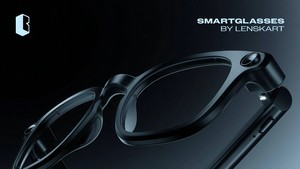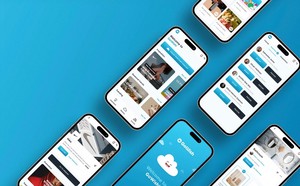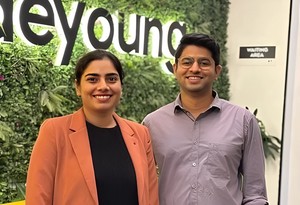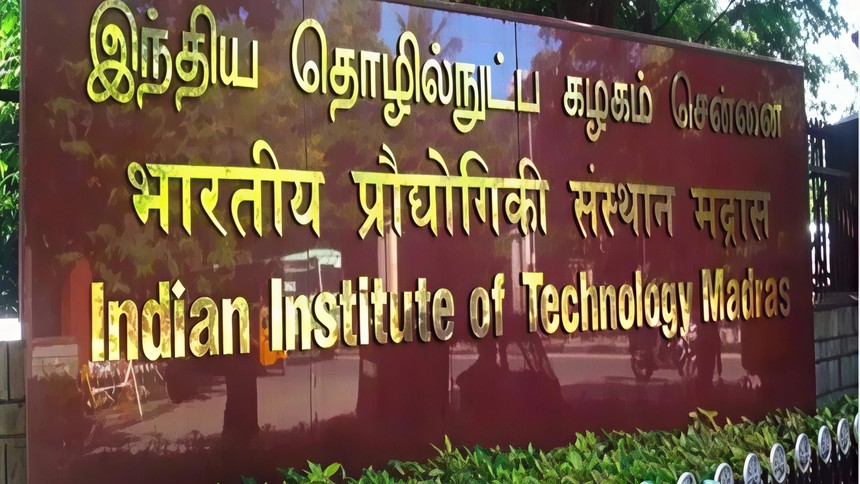Qwen’s latest image generation AI, Qwen VLo, has officially launched with powerful new features that let users create and edit images for free. Developed by Alibaba’s Qwen team, the new model offers fast generation times, support for multiple languages, and advanced inline editing capabilities that improve the overall quality and accuracy of visual content creation.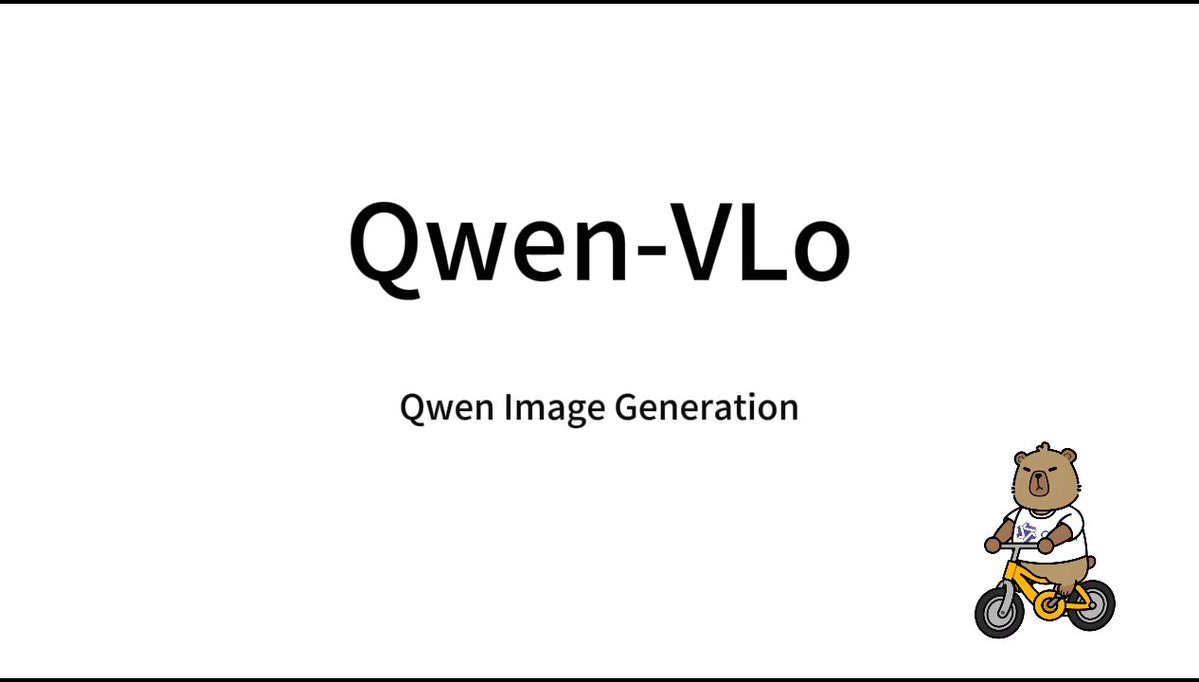
Qwen VLo is the upgraded version of the earlier Qwen 2.5 model and represents a leap forward in how AI understands and manipulates visual data. It can generate images from text prompts, enhance existing visuals, and even edit uploaded images directly with detailed precision. One of the most notable advancements is its ability to handle vague or open ended instructions more intelligently than previous models. Users no longer need to phrase prompts with perfect clarity to get high quality results.
The model is designed to be accessible. Users do not need to log in to test it out and can explore its full capabilities directly on the Qwen platform. This open access approach is part of Qwen’s effort to bring creative AI tools to a wider audience, from hobbyists to professionals.
Compared to leading AI tools like Google's Imagen 2 and OpenAI's GPT 4o image generator, Qwen VLo delivers faster output and supports a higher usage limit. Although its final image quality may slightly trail the very top tier models, it stands out with its faster processing speed and a broader range of supported tasks.
The AI model also excels in tasks like edge detection, image segmentation, and annotation, offering more than just generation. These capabilities make it suitable for both creative and technical use cases. Developers and designers can benefit from its ability to interpret dynamic aspect ratios and maintain the integrity of input images while applying edits.
In addition, Qwen VLo’s text rendering accuracy has seen notable improvements. It can now generate sharp, legible text in different fonts, which adds a layer of polish to AI generated graphics. Its support for extreme aspect ratios such as 4:1 or 1:3 gives users more flexibility in designing visuals for unique formats and platforms.
Future updates are expected to introduce multi image input capabilities, allowing users to blend or remix several images into a single output. This feature could open new doors for content creators who rely on compositing and advanced visual storytelling.
With Qwen VLo, Alibaba is not just competing in the AI space but aiming to democratize creative tools by offering high performance features for free. The move underscores a growing trend in the AI world where usability, accessibility, and speed are becoming as important as raw capability.
For anyone interested in exploring what AI can do for visual creation, Qwen VLo offers a smart, fast, and cost free solution that is already turning heads.
Stay ahead with the latest in AI tech and innovations. Follow Tech Moves on Instagram and Facebook for daily updates and deep dives into the future of technology.





